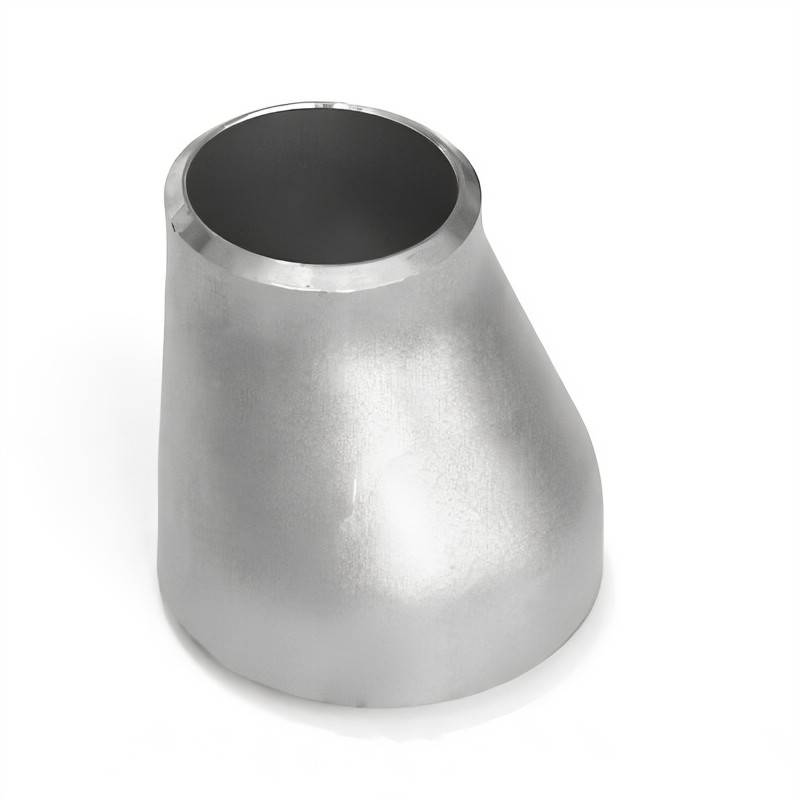-
Cangzhou Yulong Steel Co., Ltd.
-
Phone:
+86 13303177267 -
Email:
admin@ylsteelfittings.com
- English
- Arabic
- Italian
- Spanish
- Portuguese
- German
- kazakh
- Persian
- Greek
- French
- Russian
- Polish
- Thai
- Indonesian
- Vietnamese
- Zulu
- Korean
- Uzbek
- Hindi
- Serbian
- Malay
- Ukrainian
- Gujarati
- Haitian Creole
- hausa
- hawaiian
- Hebrew
- Miao
- Hungarian
- Icelandic
- igbo
- irish
- Japanese
- Javanese
- Kannada
- Khmer
- Rwandese
- Afrikaans
- Albanian
- Amharic
- Armenian
- Azerbaijani
- Basque
- Belarusian
- Bengali
- Bosnian
- Bulgarian
- Catalan
- Cebuano
- China
- China (Taiwan)
- Corsican
- Croatian
- Czech
- Danish
- Esperanto
- Estonian
- Finnish
- Frisian
- Galician
- Georgian
- Kurdish
- Kyrgyz
- Lao
- Latin
- Latvian
- Lithuanian
- Luxembourgish
- Macedonian
- Malgashi
- Malayalam
- Maltese
- Maori
- Marathi
- Mongolian
- Myanmar
- Nepali
- Norwegian
- Norwegian
- Occitan
- Pashto
- Dutch
- Punjabi
- Romanian
- Samoan
- Scottish Gaelic
- Sesotho
- Shona
- Sindhi
- Sinhala
- Slovak
- Slovenian
- Somali
- Sundanese
- Swahili
- Swedish
- Tagalog
- Tajik
- Tamil
- Tatar
- Telugu
- Turkish
- Turkmen
- Urdu
- Uighur
- Welsh
- Bantu
- Yiddish
- Yoruba

Dec . 10, 2024 02:02 Back to list
Schedule 40 Welded Elbows for Optimal Piping Solutions and Efficient System Design
Understanding the Importance of Schedule 40 Weld Elbows in Piping Systems
When it comes to the construction and maintenance of piping systems, the selection of appropriate components is crucial for ensuring reliability and efficiency. Among these components, Schedule 40 weld elbows play a significant role in directing the flow of liquids and gases through pipelines. This article delves into what Schedule 40 weld elbows are, their specifications, and their critical importance in various applications.
What are Schedule 40 Weld Elbows?
Schedule 40 is a designation used in the piping industry that refers to the thickness of pipe walls, giving it a standard strength and pressure rating. Weld elbows, as the name implies, are fittings used to connect two sections of pipe, allowing for a change in direction. A Schedule 40 weld elbow is specifically designed to be welded to Schedule 40 pipes, ensuring a strong and secure joint that supports high-pressure systems.
These elbows typically come in various angles, with 45-degree and 90-degree angles being the most common. They can be made from different materials, including PVC, stainless steel, and carbon steel, depending on the specific requirements of the application.
Specifications and Standards
Schedule 40 elbows are governed by several American National Standards Institute (ANSI) and American Society for Testing and Materials (ASTM) regulations. The dimensions and wall thickness of these elbows are standardized, which allows for compatibility with a range of piping systems. For example, a Schedule 40 steel pipe has a wall thickness that meets the requirements for pressure-containing applications, making it suitable for residential, commercial, and industrial uses.
The typical outer diameter of Schedule 40 pipes varies depending on the pipe size. For example, a 2-inch Schedule 40 steel pipe has an outer diameter of 2.375 inches, while the wall thickness is 0.154 inches. This specification allows engineers and designers to accurately calculate flow rates, pressure drops, and other essential factors in the design of a piping system.
schedule 40 weld elbows

Applications of Schedule 40 Weld Elbows
Schedule 40 weld elbows are utilized in a diverse array of applications across multiple industries. One common use is in water supply systems, where elbows are employed to navigate around obstacles while maintaining a continuous flow of water. In addition, HVAC systems frequently rely on these fittings to direct air and refrigerants efficiently.
In the oil and gas industry, Schedule 40 weld elbows are critical components of pipelines that transport crude oil, natural gas, and associated products. Their durable construction ensures they can withstand harsh environmental conditions and high pressures, which are common in these applications. Furthermore, in chemical processing plants, these elbows help control the flow of corrosive substances, with materials such as stainless steel being chosen for their resistance to chemical attacks.
Advantages of Using Schedule 40 Weld Elbows
One of the main advantages of Schedule 40 weld elbows is their robust construction, which allows them to handle significant pressure and temperature changes without compromising structural integrity. The welding process ensures a strong bond between the elbow and the pipes, minimizing the risk of leaks that could lead to costly downtime and repairs.
Additionally, the standardization of Schedule 40 elbows simplifies the procurement process. Engineers can depend on the consistency of dimensions and materials, making it easier to design and build piping systems that require precise measurements and fitting compatibility.
Conclusion
In summary, Schedule 40 weld elbows are essential components in the design and construction of various piping systems. Their standardized dimensions, reliable performance under pressure, and adaptability to different materials make them a preferred choice for engineers across multiple industries. Whether for water supply, HVAC systems, or oil and gas transportation, understanding the significance of these fittings helps in the development of efficient and safe piping infrastructures. As industries continue to evolve, the demand for high-quality weld elbows will undoubtedly persist, solidifying their place as a cornerstone of modern engineering.
Latest news
-
ANSI 150P SS304 SO FLANGE
NewsFeb.14,2025
-
ASTM A333GR6 STEEL PIPE
NewsJan.20,2025
-
ANSI B16.5 WELDING NECK FLANGE
NewsJan.15,2026
-
ANSI B16.5 SLIP-ON FLANGE
NewsApr.19,2024
-
SABS 1123 FLANGE
NewsJan.15,2025
-
DIN86044 PLATE FLANGE
NewsApr.19,2024
-
DIN2527 BLIND FLANGE
NewsApr.12,2024
-
JIS B2311 Butt-Welding Fittings LR/SR 45°/90° /180°Seamless/Weld
NewsApr.23,2024











